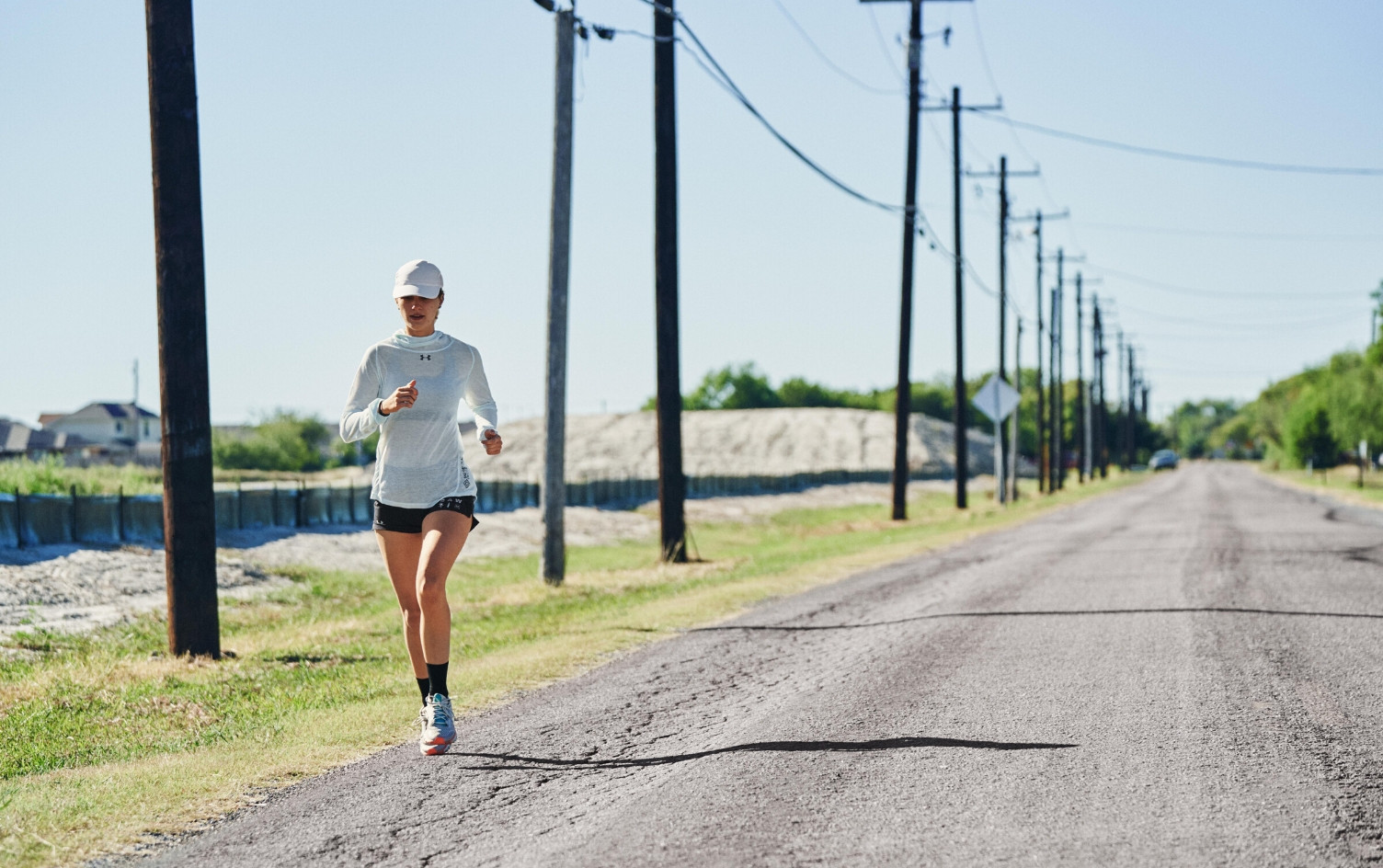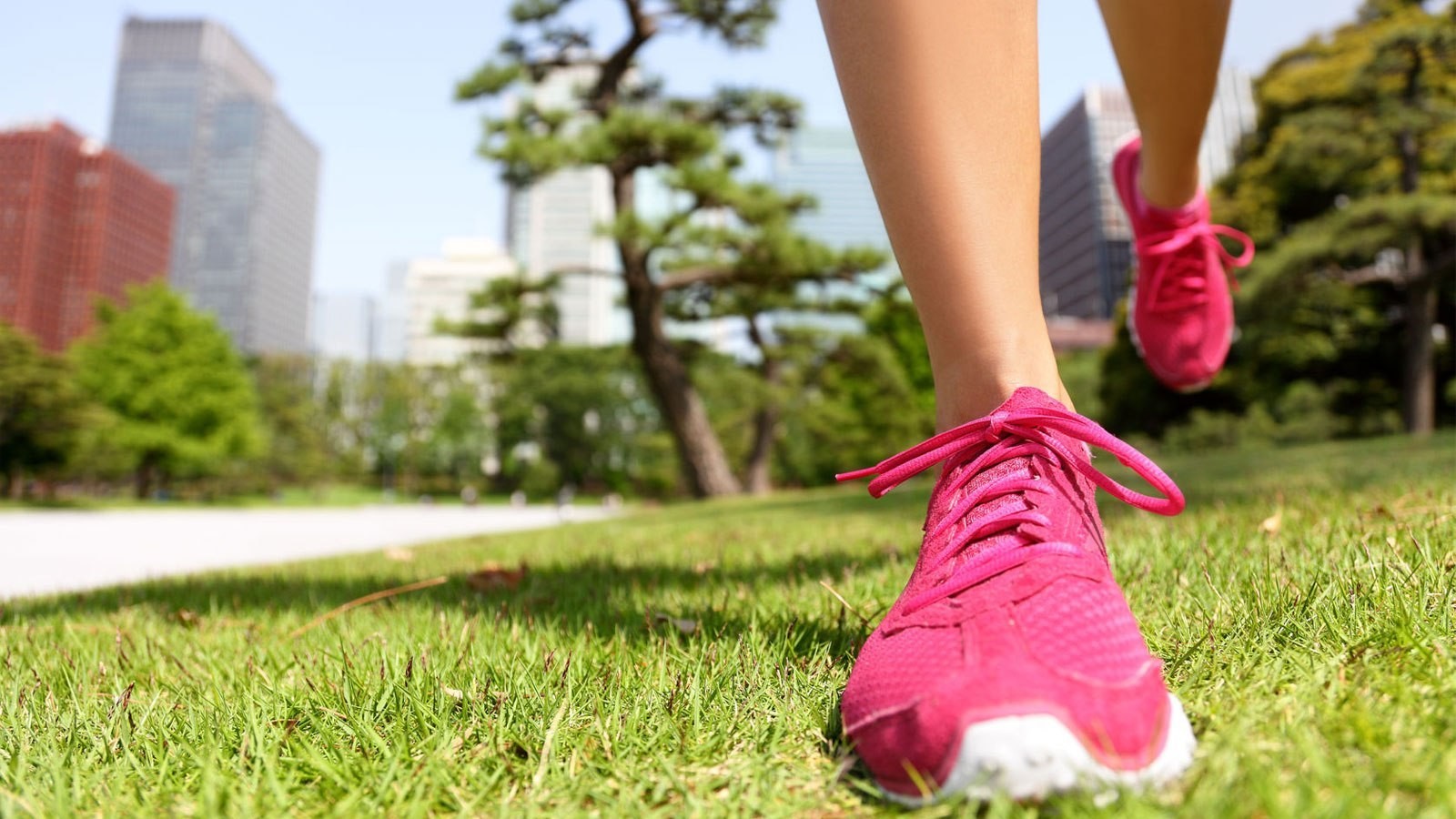Running News Daily
Running News Daily is edited by Bob Anderson. Send your news items to bob@mybestruns.com Advertising opportunities available. Train the Kenyan Way at KATA Kenya and Portugal owned and operated by Bob Anderson. Be sure to catch our movie A Long Run the movie KATA Running Camps and KATA Potato Farms - 31 now open in Kenya! https://kata.ke/
Index to Daily Posts · Sign Up For Updates · Run The World Feed
Differences between running on grass and running on concrete
If you live in an area with the option to run on both grass or concrete, it can be difficult to decide, especially when you don’t know the pros and cons of each.
Running on grass makes running a little more difficult due to the softer impact. Alternatively, running on concrete provides a harder impact surface, making the running process a little easier as you don’t need to put as much force into pushing away from the ground with each stride.
In this short article, we are going to talk about the pros and cons of running on grass VS running on concrete.

Running On Concrete

If you were to think back to all your runs, the majority of them have probably been on concrete, as this is the most common surface for runners; however that doesn’t mean it’s necessarily the best or worst way to do things, it depends on your goals and preference.
Pros
The most common benefit of running on concrete is the fact that it tends to be a lot easier, as it doesn’t require you to use as much force as you would when running on grass.
This also means you’ll be able to run faster, so don’t get discouraged if your running time is faster on concrete, as this is to be expected.
Cons
If you spend a lot of time running on concrete, it can put stress on your joints, leading to arthritis and issues later on down the road. You’re also more prone to falling over due to potholes and other debris you typically find left on the street.
Running On Grass
Running on grass is not as common as concrete; however, it’s definitely something worth considering as it comes with certain benefits. It’s also worth mentioning that it’s important to purchase the right trainers for running on grass, if you want to go down this route. There are significant differences in terms of quality requirements compared to running on concrete.
Pros
Grass is a softer surface, so you’re going to be demanding more out of your leg muscles with each step. This means you’re going to be training harder, which is great if you love a challenge.
In addition, you won’t be putting as much stress on your joints as you would with concrete, helping prevent injuries in the future.
Cons
The first problem with grass is that when it rains, it becomes slippery and can lead to you falling over. Also, it tends to be a little uneven in places, which means one leg is going to be working harder in the other, so you’ll probably get tired quicker.
This can also lead to you tripping over an uneven patch of grass. While this is bad, it’s still better than falling over on the concrete.
If you’re an experienced runner who is looking to build leg strength and challenge yourself, we recommend running on grass.
On the flip side, if you’re relatively new, it’s best to start with concrete and move onto grass once you’ve got a bit more experience.
We hope this article has shown you the differences between running on grass VS concrete. If you have any questions, drop a comment below and we will get back to you as soon as possible.
by Colorado Runner
Login to leave a comment




